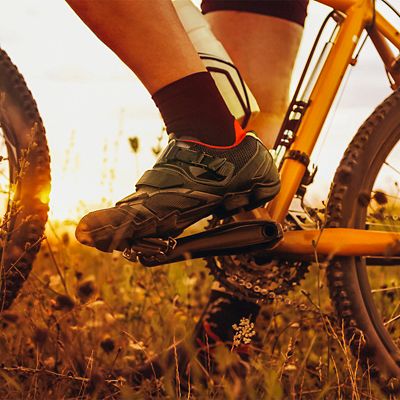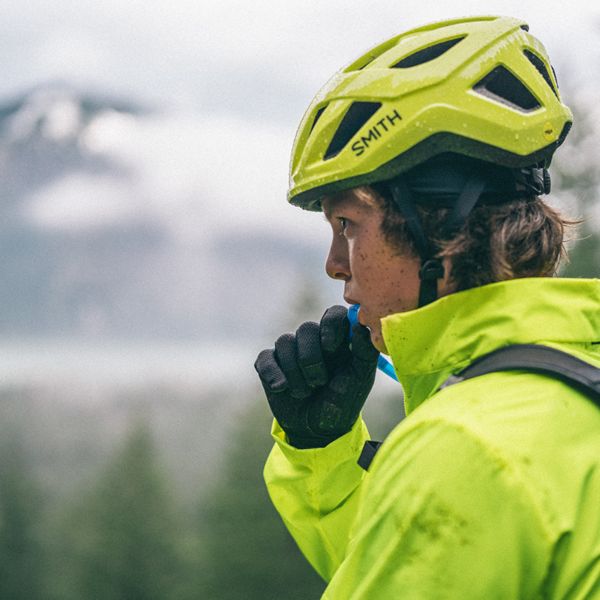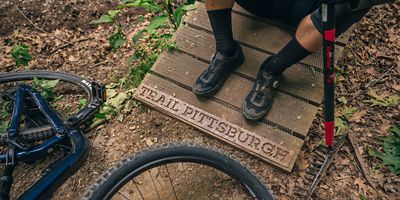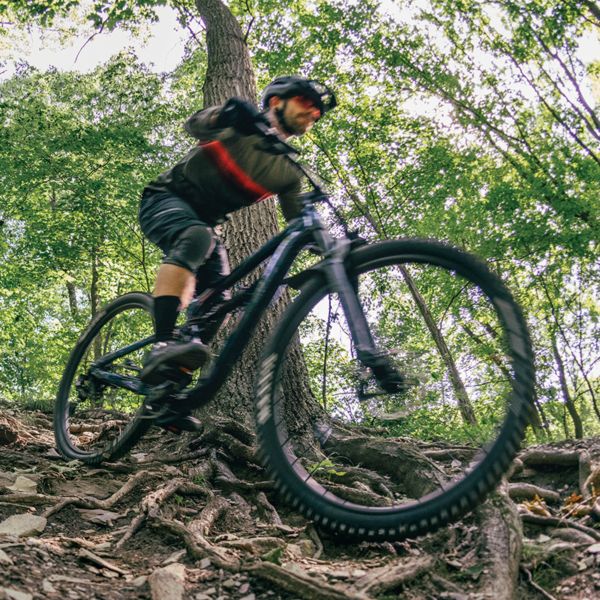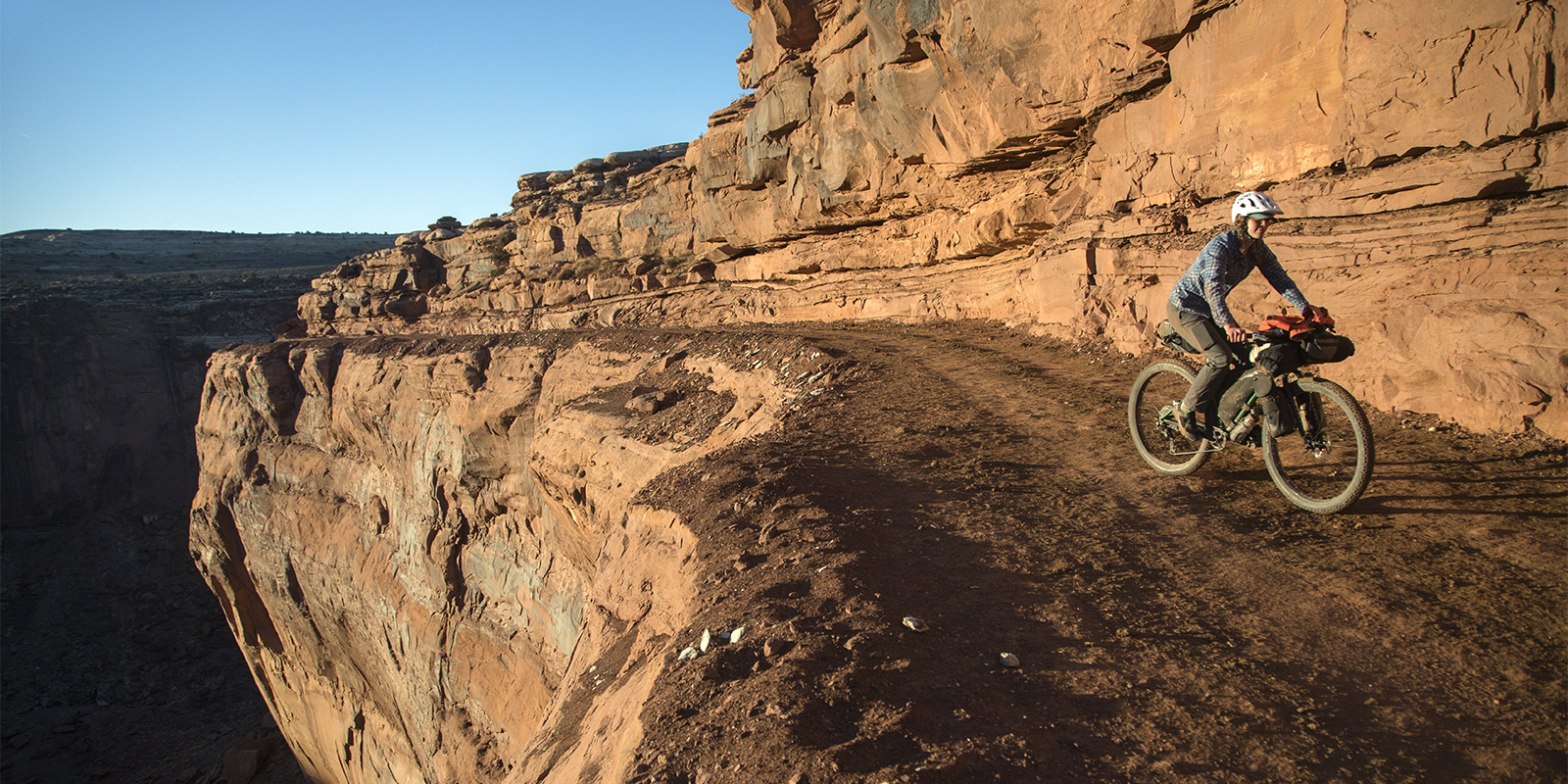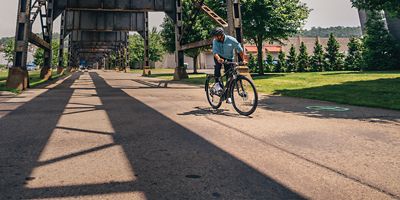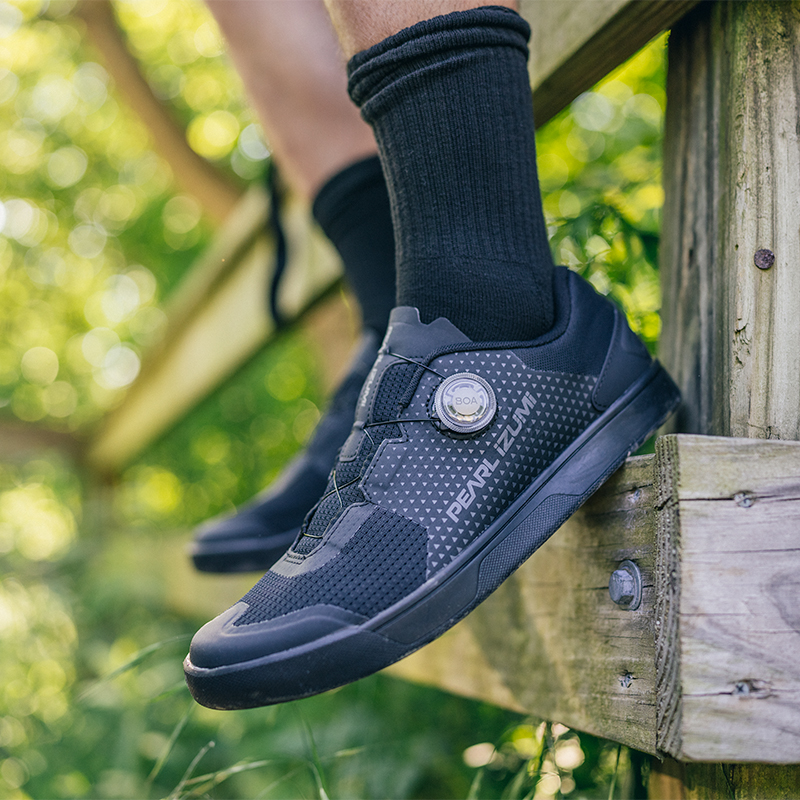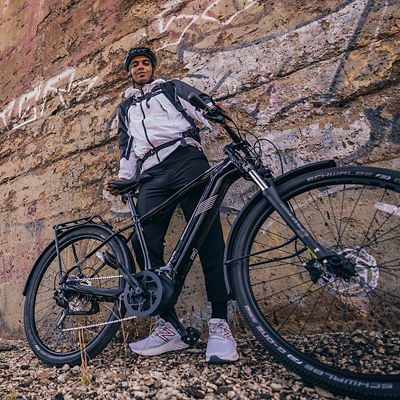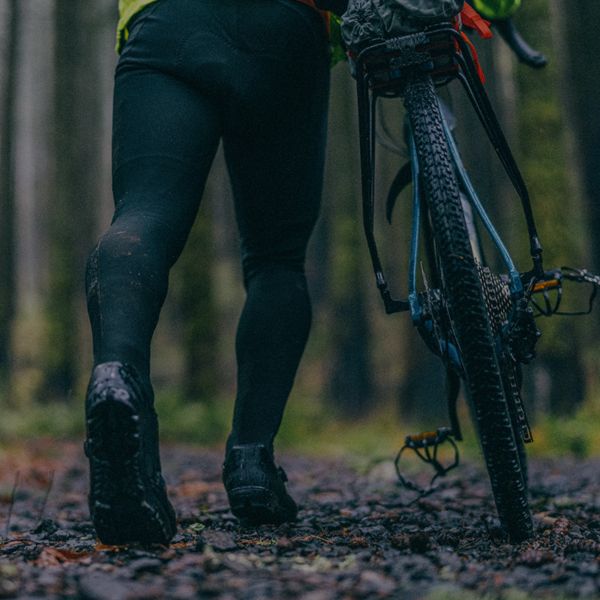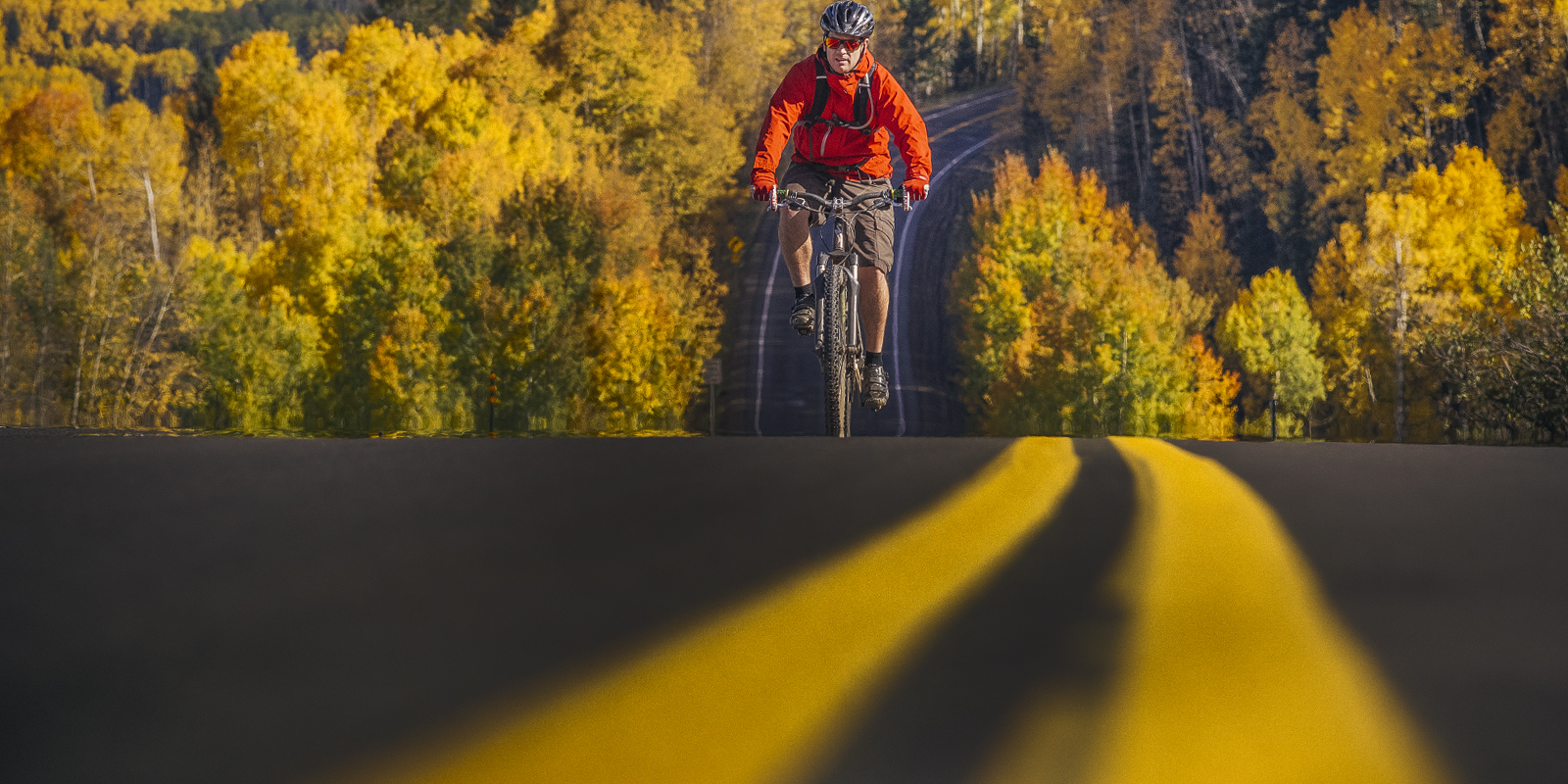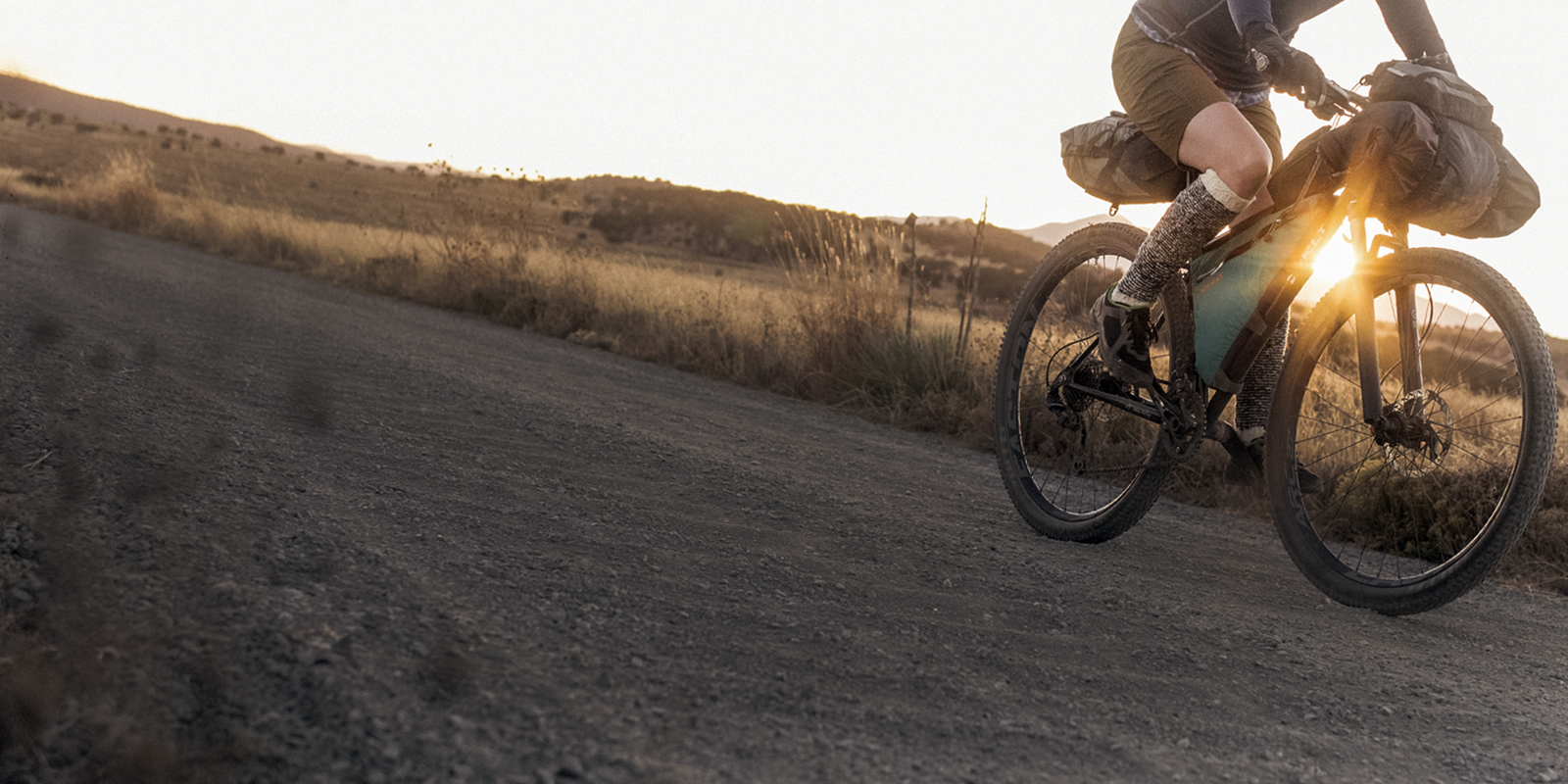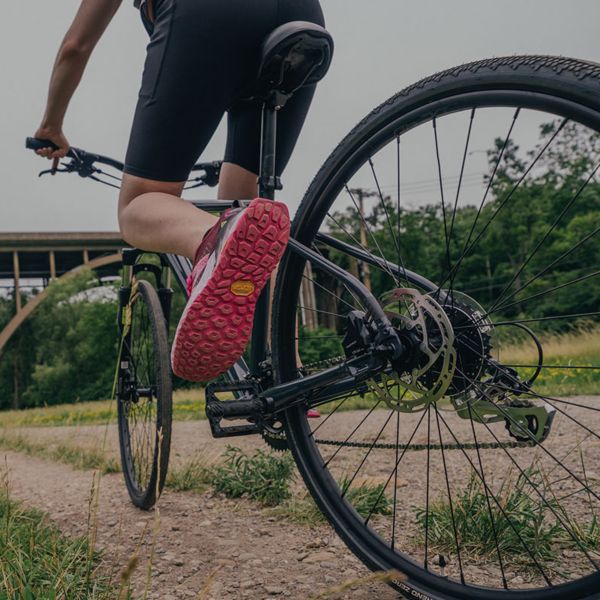Brakes are one of the most important parts of any bicycle, and they’re essential for riding safely. To keep them in proper working order, it’s important to understand how they work and know what to do if they get out of whack. No matter how or where you ride, you can only improve your experience by learning more about your bike’s brakes and how to keep them functioning properly.
Brake Types
There are two main styles of bike brake—rim brakes and disc brakes—and several varieties of each. These are the common ones to know.
Rim Brakes
These slow you down by pushing brake pads onto your wheel’s rim near the tire. Rim brakes are affordable and lightweight, and they’re found on all kinds of bikes, including commuter bikes, road bikes, and entry-level bikes. The main drawback: They don’t work as well if your rims get wet or dirty.
Caliper Brakes
These lightweight and powerful rim brakes are popular on high-end road and commuter bikes. Their compact design offers good aerodynamics and stopping power, but they are less effective in wet conditions. They mount with a single bolt on the front fork and on the frame’s brake bridge over the rear tire.
Cantilever Brakes
These rim brakes have two arms that mount to bosses (studs built into the bike’s front fork and seat stays). The main brake cable attaches to a cable hanger that connects the two brake arms. When you pull the brake lever, the cable pulls the hanger, which brings the arms together and pushes the brake pads into the rim to slow the bike.
V Brakes
Though similar to cantilever brakes, V brakes have longer brake arms that are connected by the main brake cable. The longer brake arms provide more leverage and make cantilever brakes more efficient—they’re often found on mountain and commuter bikes.
Disc Brakes
Instead of rubbing against the wheel rim, disc brakes use calipers that squeeze a brake disc (also known as a rotor) mounted near your wheel’s hub to slow the bike down. Disc brakes are often heavier and more expensive than rim brakes, but because the disc is located higher up on the bike than the rim, they work better in dirty, wet conditions and offer strong braking power. While they first gained popularity on mountain bikes, they are becoming the standard in road and commuter bikes as well due to their power and reliability.
Mechanical Disc Brakes
Like rim brakes, mechanical disc brakes are cable-actuated: The brake lever pulls a cable to squeeze the calipers. These are more affordable than hydraulic disc brakes, but they require more frequent adjustment of cable tension as heat and brake-pad wear change the cables’ tension.
Hydraulic Disc Brakes
Hydraulic disc brakes use tubes of hydraulic fluid to activate the calipers and press the pads against the rotor. These are more powerful and more reliable than mechanical disc brakes. They also work better with prolonged use, handling the high temperatures of brake friction better than cable brakes and self-adjusting as the brake pads wear down. On the downside, they’re more difficult to service and more expensive than mechanical disc brakes.



